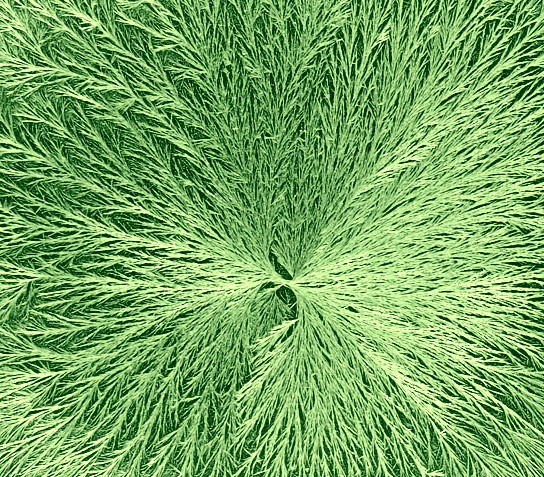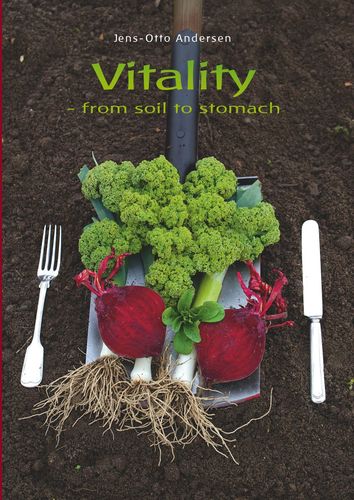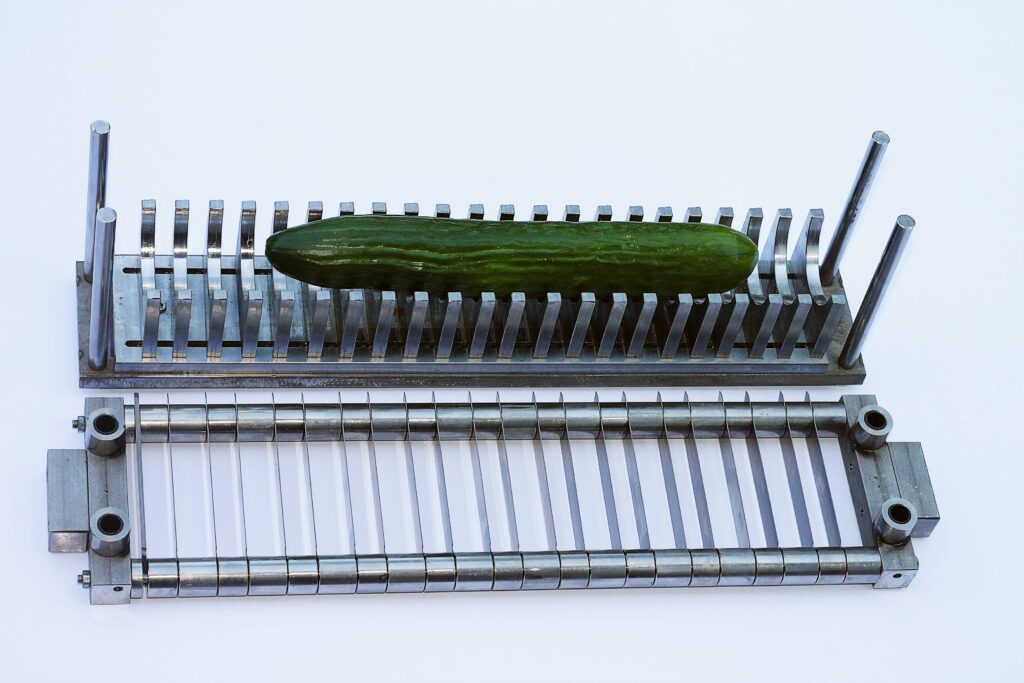Research activities
1997-2000 Effects of biodynamic preparations on plant quality
The research association worked with field trials to study the effects of biodynamic preparations on plant quality. Here, among others, it was found that repeated application of the Horn Silica preparation stepwise reduced the content of undesired free N-compounds in white cabbage.
2001-2014 Development and documentation of the biocrystallisation method
In cooperation with German and Futch researchers, an extensive development and documentation of the method (also called copper chloride crystallisation) was conducted, including a formal validation of the method. Hereby, the method was scientifically recognised as a method for investigating the picture-forming properties of biological samples. Today, the research group includes the following members: G. Mergardt, N. Busscher, J. Fritz, and M. Athmann (University of Kassel), U. Geier and R. Bornhüter (Institute of Biodynamic Research, Darmstadt, DE), P. Doesburg, S. Baumgartner, C. Scherr, and J. Zeise (University of Bern, Hiscia Institute; CH). The work has throughout the years been supported not least by the German foundation Software AG-Stiftung, as well as by other European foundations.
2016-: Information activity on food quality
In 2013, the association shifted its focus from biocrystallisation research towards information activities on the connection between cultivation systems, food quality, and human health. In 2016, the association published the book ‘Vitalitet – fra muld til mave’ which was later translated into English (‘Vitality – from soil to stomach’) and French (‘Vitalité – de la terre a la table’).
The key message of the book is that knowledge about minerals, proteins, vitamins, and antioxidants in our foods is valuable, however, we must acknowledge that our vegetables, grains, and fruits are living organisms, that must be approached and also examined as such.
Here, the concept of vitality is helpful, i.e. an organism’s ability to maintain its life processes under severe pressure from the environment, and to positively influence and regulate human life processes. All living organisms must be able to resist microbial attacks, they must be able to heal small and large wounds, and they must be able to multiply. In short: they must be able to perform their life cycle.
During the Agriculture Course of 1924, which was the starting point of biodynamic agriculture, the spiritual scientist R. Steiner stated that if we continue farming based on mineral nitrogen fertiliser, then the nutritional value of our foods will gradually decline. This raises the grave question how far this reduction has come today, almost 100 years later. The answer may well be most discouraging. Taking Denmark as an example, over the last 50 years, the male sperm quality has gone down more than 50%; numerous people are suffering from gastro-intestinal disorders; more than one out of four children exhibit so-called atopic symptoms, including asthma, breathing difficulties, skin disorders, as well as various allergic reactions and food intolerances.
The background for this is complex, however, there is hardly any doubt that the reduction in food quality is a major contributing factor, originating from the ever-growing industrialisation of agriculture and the food industry. Our foods must be vital, whereby they can support and strengthen our life processes. Today, conventional aquaponic systems are based on ‘inactive growth media’, the plants grow in a rockwool-like material, nourished by roughly 20 inorganic nutrients from the water streaming around the roots. Cucumbers, tomatoes, lettuce, Chinese cabbage, aubergines, peppers, radishes and more are today cultivated in this way.
A key point of biodynamic agriculture is that the plant must grow in a living soil. If the plant cannot feed off a living soil with a rich humus, then it cannot fully reach its fruit formation. Here, compare the grey-white, wild carrot, growing at the roadside, with today’s cultivated carrots. A fruit formation process was introduced into the wild carrot, presumably in the ancient Persian culture. As a result of this, modern carrots are made up from fruit tissue. During the ripening process under the sun, this fruit tissue is built. As opposed to this, a tomato grown in an aquaponic system cannot fully reach ripen, without the living soil to nourish it. From the vine plant, we know that high-quality grapes need a prolonged ripening process before harvest. Essentially, this is the case for all crops, however, for the vine plant we find this as an integrated part of high-quality viticulture.
As humans, we must feed on foods which contain not only nutrients, but also vitality properties built during the fruit ripening process, carrying nutritional impulses to the whole human being, as body, soul, and spirit. Hereby, we can develop as human being, as individuals with emotional, mental, and spiritual faculties. It can hardly be said shorter than: ‘A healthy soil provides healthy plants that provide healthy animals and humans’.
Then, how can we assess the health value of vegetables, fruits, grains, and dairy products? In addition to the well-known chemical analyses, we can apply complementary methods such as the picture-forming methods, biophoton measurements, emphatic food tests, vitality tests, and clairvoyant investigations.
2016-: Cucumber vitality research
Since 2016, the research association has developed and applied a cucumber vitality test. The experimental procedure is rather simple: The cucumber is cut into 15 and 20mm slices; these are carefully reassembled, foliated by means of household cling film, and placed in a heating cabinet for 14 days at 24 degrees C. Then, the cucumber is evaluated relative to three vitality indicators: (a) its ability to retain its green colour; (b) its ability to resist microbial attack; (c) its ability to heal the slice interfaces whereby the slices will grow back into a whole cucumber again. The hypothesis is that these properties are directly related to the cucumber’s ability to contribute to our health and vitality.
Since 2016, all experiments conducted have led to the same conclusion: Conventional cucumbers from aquaponic systems will be attacked by microorganisms within 5-7 day;, their green colour will to some degree be replaced by yellow shades; and the slices will only to a lesser extent heal the slice interfaces. Conversely, the organic and biodynamic cucumbers will mostly retain the green colour; they will show far less signs of microorganism attack; and they will mostly heal the slice interfaces to a degree that the re-integrated cucumber can be held horizontally without breaking at any interface.
Based on experiments with more than 600 cucumbers, including conventional, organic, and biodynamic cucumbers, including modern and older varieties, and including Danish, Polish, Slovenian, Spanish, and Dutch cucumbers, the overall working hypotheses are now: (a) Eastern European, older cucumber varieties, with thicker skin and a higher content of bitter compounds, are more vital than modern Western varieties; (b) biodynamic cucumbers have a potential for higher vitality than organic ones. Consequently, the goal of the coming years is to test these two hypotheses. Specifically, the challenge is to identify the primary factors which influence the vitality: the modern breeding, the soil quality, the use of compost, and/or the use of the biodynamic preparations?



